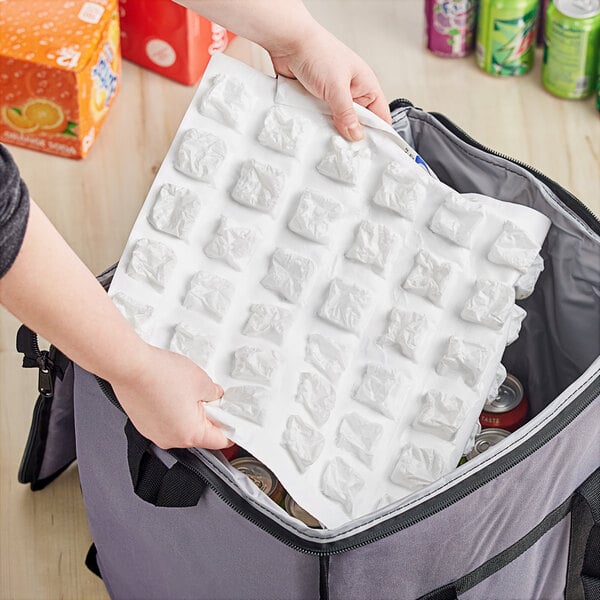Dry ice is a crucial component in shipping frozen or refrigerated food items, but it has many regulations and restrictions associated with it. Since dry ice is a hazardous material, clearly label packages containing dry ice and follow proper shipping and safety regulations. Additionally, check that no dry ice directly contacts food items or bare skin. This mistake can cause frostbite and freezer burn, and it will also decrease the quality of your food.
Below are several common questions about shipping food with dry ice.
What Is Dry Ice?
While regular ice is the solid form of water, dry ice is the solid form of carbon dioxide. It forms when carbon dioxide gas freezes at extremely cold temperatures, making it perfect for keeping chilled or frozen goods cold during shipping. Moreover, it doesn't create moisture when it melts.
How Long Does Dry Ice Last?
There is no exact answer for how long your dry ice will last since it depends on the storage conditions. If stored correctly, dry ice can typically last anywhere from one to three days. Large quantities of dry ice can last up to five days. If dry ice is left in the open, it will sublimate in a few hours.
How Cold Is Dry Ice?
Dry ice is -109.3 degrees Fahrenheit. Bare-skin contact causes severe frostbite, so handle it with care.
How to Dispose of Dry Ice
Do not throw dry ice away in the trash or dump it down the drain. Instead, place the dry ice in an open, well-ventilated area. It will sublimate in a few hours.
How to Store Dry Ice
Do not store dry ice in a refrigerator or freezer since both maintain temperatures too warm for it. Instead, keep dry ice in a cooler or insulated foam container. The lid should not be airtight since proper ventilation helps keep the dry ice cold.
Where Can I Get Dry Ice?
You can buy dry ice at grocery stores and butcher shops. The larger your shipment, the more dry ice you need. Surround the food product for uniform freezing, but the dry ice shouldn't directly touch the food.
How Much Does Dry Ice Cost?
The price usually ranges from $1 to $3 per pound. You can get dry ice in snow, pellet, or block form.













